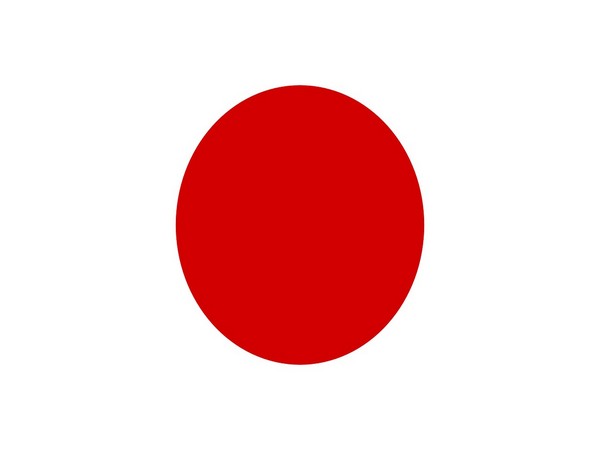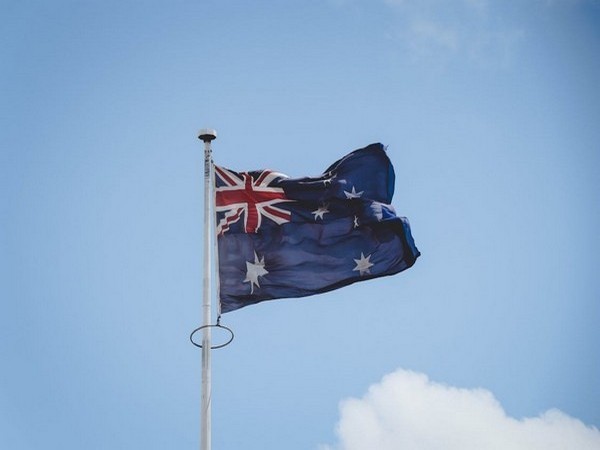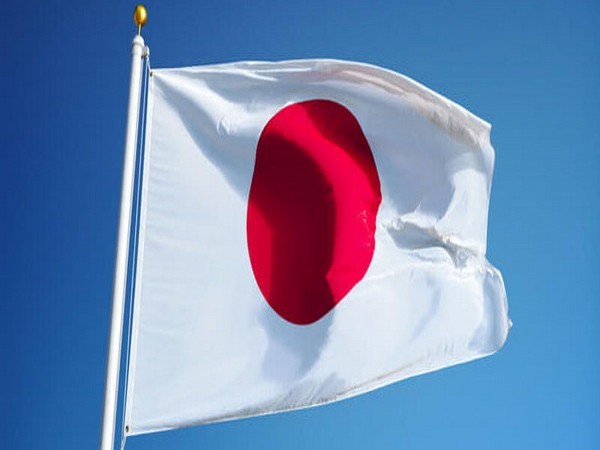Japan issues new 3D banknotes after 20 years
Jul 03, 2024
Tokyo [Japan], July 3: The Bank of Japan will start issuing new banknotes on July 3, redesigned with new historical figures and settings and the latest anti-counterfeiting measures.
This is the first time since 2004 that Japan has updated its banknote design. These bills use printed patterns to create 3D images of portraits looking in different directions, depending on the angle. This is a world-first technology for banknotes, according to the National Printing Bureau of Japan, according to Reuters.
Japan's banknote changes are due to advances in printing technology and a move toward universal design, which aims to make banknotes easier for the visually impaired and foreigners to use. The denominations have been enlarged and the bills are easier to recognize by touch, but their overall size has not changed, according to Nikkei Asia.
In addition, Japan is pushing consumers and businesses to use less cash as part of its efforts to digitize its economy. While cashless payments in Japan have nearly tripled over the past decade (accounting for 39% of consumer spending in 2023, expected to rise to 80% as productivity improves), the rate remains low compared to other countries in the world.
At a press conference in June, National Police Agency Commissioner General Yasuhiro Tsuyuki warned of the risk of currency exchange scams against the public, while stressing that existing notes would still be accepted.
Japan's Ministry of Finance announced the new designs in 2019 and gave businesses five years to prepare. As of the end of June 2024, more than 90% of ATMs at financial institutions and 80% to 90% of cash registers at supermarkets and convenience stores appear to have been updated for the new notes. Some stores have decided not to adopt the new notes from the Japanese government due to the popularity of cashless payments.
The portrait on the 10,000 yen (VND 1.5 million) note will be changed to show Eiichi Shibusawa (1840-1931) - known as the "father of Japanese capitalism". The back of the note has an image of Tokyo Station.
The new 5,000 yen note features a portrait of Umeko Tsuda (1864-1929), who founded one of Japan's first women's universities. The reverse features a wisteria flower. The 1,000 yen note features Shibasaburo Kitasato (1853-1931), a pioneer in Japanese medicine. The reverse features the famous woodblock print "Under the Trough of the Great Wave off Kanagawa" from Katsushika Hokusai's "Thirty-six Views of Mount Fuji."
Source: Thanh Nien Newspaper








